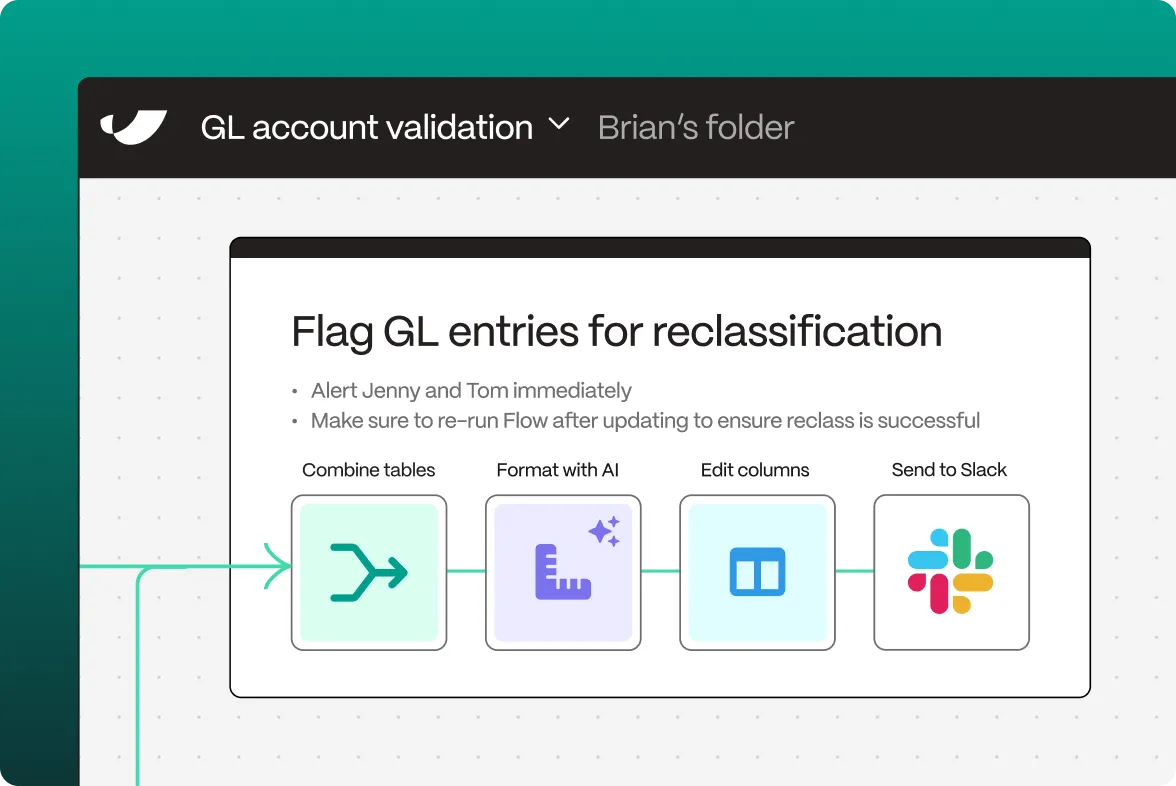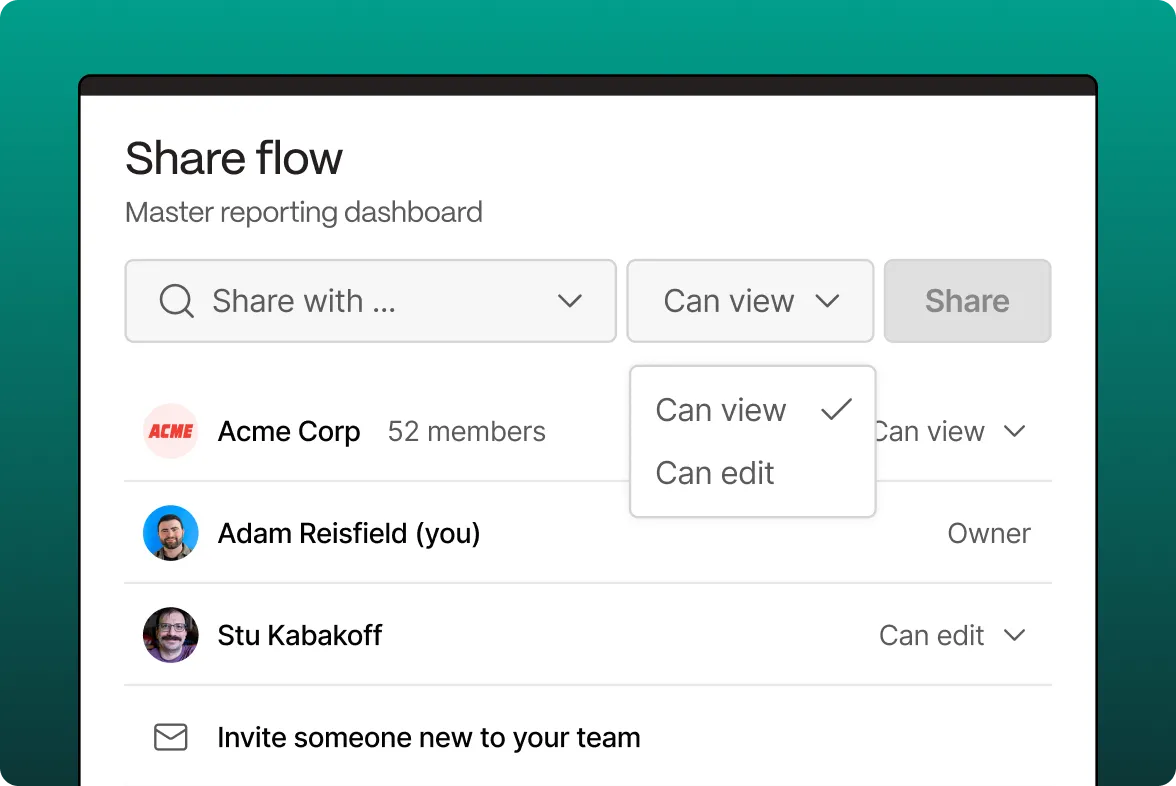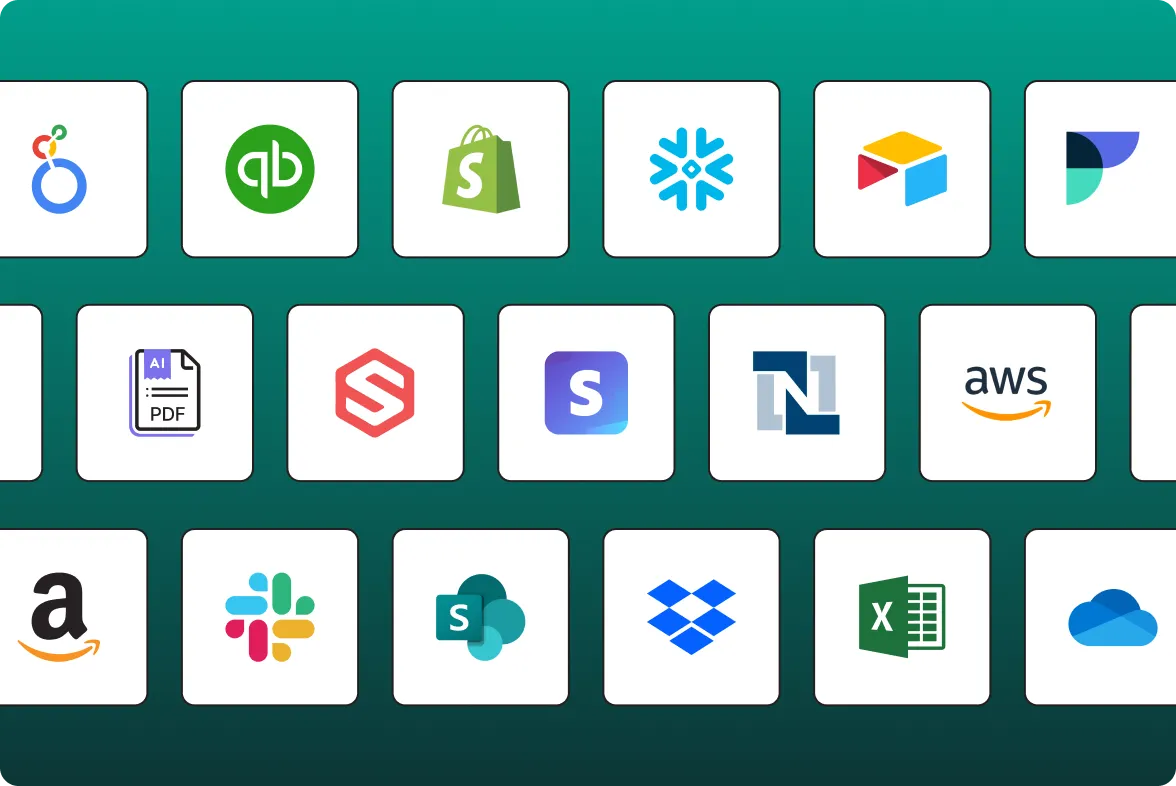Connecting via API with with Amazon Redshift enables organizations to automate their data warehousing operations through AWS's enterprise-class cloud platform. This powerful connection allows businesses to streamline their analytics processes while maintaining high performance and scalability, all through a robust API that supports complex data operations and massive parallel processing capabilities.
How do I connect via API?
- Connect to the Amazon Redshift API through Parabola by navigating to the API page and selecting Amazon Redshift
- Authenticate using your AWS credentials and configure necessary IAM permissions
- Select the data endpoints you want to access (clusters, databases, schemas, tables)
- Configure your flow in Parabola by adding transformation steps to process your data
- Set up automated triggers for data loading and transformation processes
What is Amazon Redshift?
Amazon Redshift is AWS's fully managed data warehouse service that enables organizations to analyze large volumes of data using standard SQL and existing business intelligence tools. Built on massive parallel processing (MPP) technology, Redshift handles complex queries across petabytes of structured and semi-structured data, making it a cornerstone of modern data analytics infrastructure.
What does Amazon Redshift do?
Amazon Redshift provides enterprise-scale data warehousing capabilities in the cloud, enabling organizations to perform complex analytics on vast datasets without managing infrastructure. Through its API, businesses can automate data loading, transformation, and query processes while maintaining tight integration with the broader AWS ecosystem. The platform excels in handling complex analytical queries, supporting everything from basic reporting to sophisticated machine learning applications.
The API enables programmatic access to Redshift's full feature set, including cluster management, data loading operations, and query execution. Organizations can leverage this functionality to build automated data pipelines, schedule regular data transformations, and integrate with their existing analytics tools while maintaining optimal performance and cost efficiency.
What can I do with the API connection?
Data Pipeline Automation
Through Connecting via API with with Amazon Redshift, data teams can automate the entire ETL (Extract, Transform, Load) process. The API enables scheduled data loads from multiple sources, automated transformation processes, and seamless integration with downstream analytics tools. This automation ensures data is always fresh and ready for analysis while minimizing manual intervention.
Performance Optimization
Organizations can leverage the API to monitor and optimize their Redshift clusters automatically. The system can track query performance, analyze usage patterns, and automatically adjust cluster configurations based on workload demands. This proactive management helps maintain optimal performance while controlling costs.
Security and Compliance Management
Security teams can automate their compliance and security monitoring processes through the API connection. The system can automatically track access patterns, monitor security configurations, and generate compliance reports. This automation helps maintain security standards while reducing administrative overhead.
Cost Management
Finance teams can automate cost monitoring and optimization through the API. The system can track cluster usage, analyze query patterns, and identify opportunities for cost reduction. Automated reporting helps organizations maintain visibility into their data warehouse spending while identifying optimization opportunities.
Analytics Process Integration
Data scientists and analysts can automate their analytics workflows by connecting their tools directly to Redshift through the API. The system can automatically refresh datasets, update models, and distribute results to stakeholders. This integration streamlines the analytics process while ensuring consistency and reproducibility.
Through this API connection, organizations can create sophisticated data management workflows that leverage Redshift's powerful analytics capabilities while eliminating manual processes and reducing operational overhead. The integration supports complex data operations, automated optimization, and seamless tool integration, enabling teams to focus on extracting insights rather than managing infrastructure.





